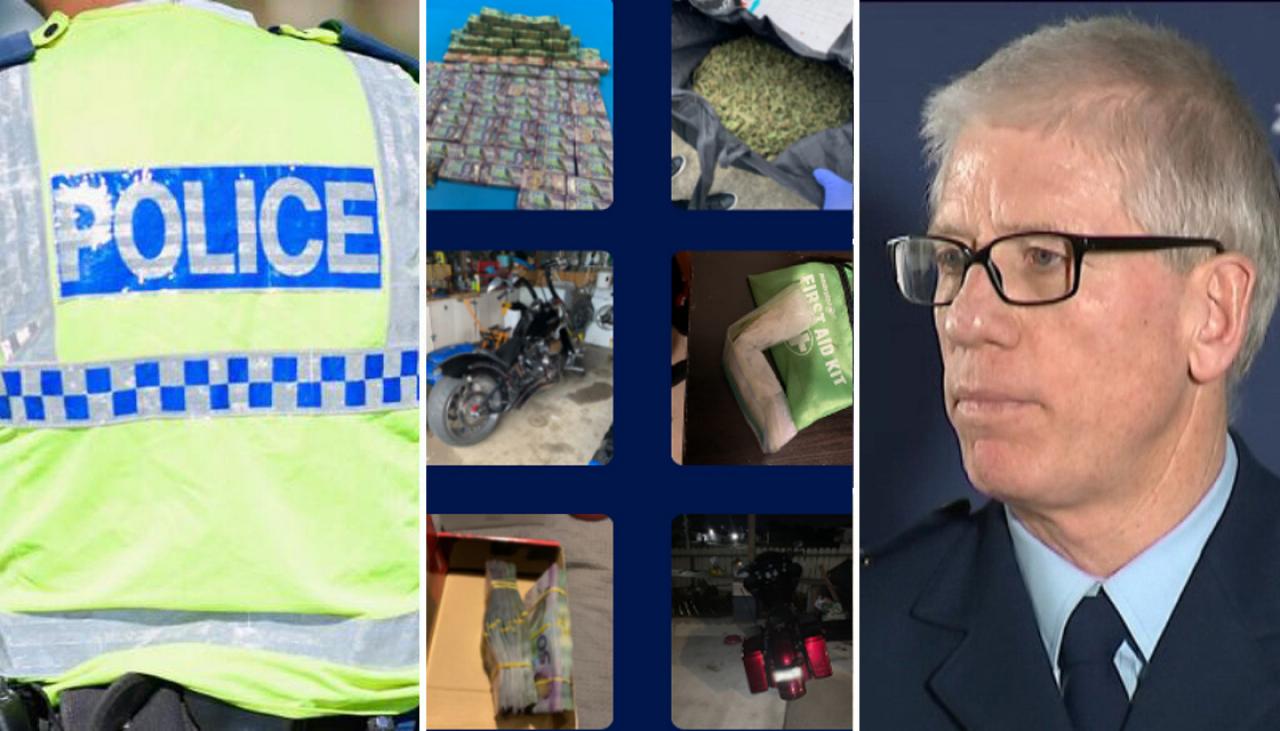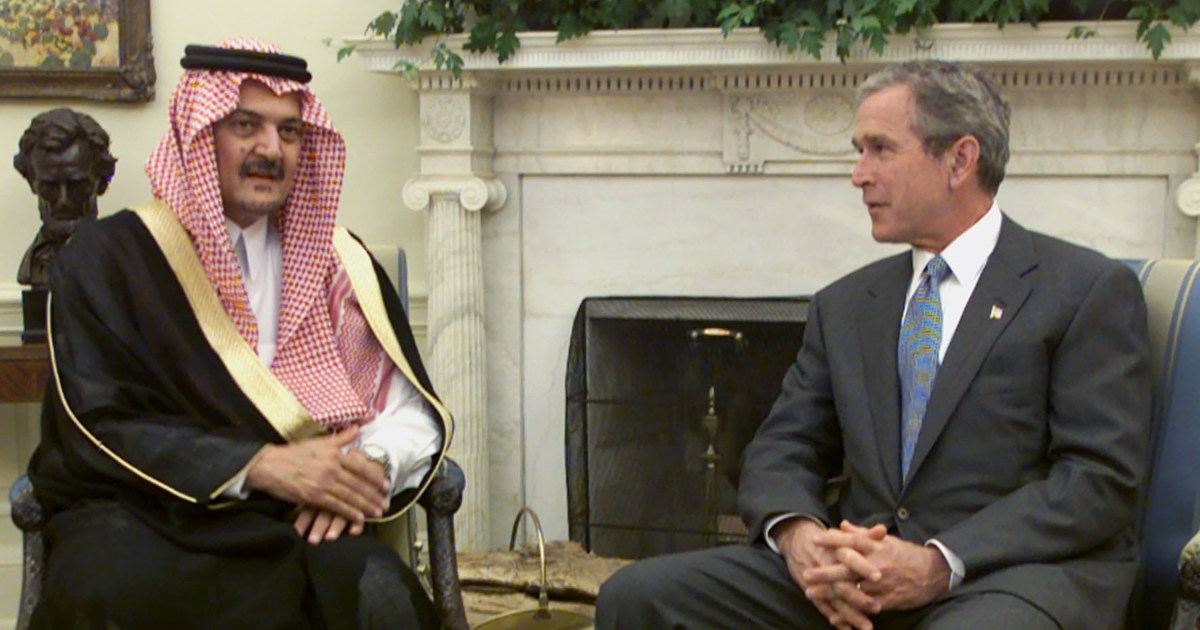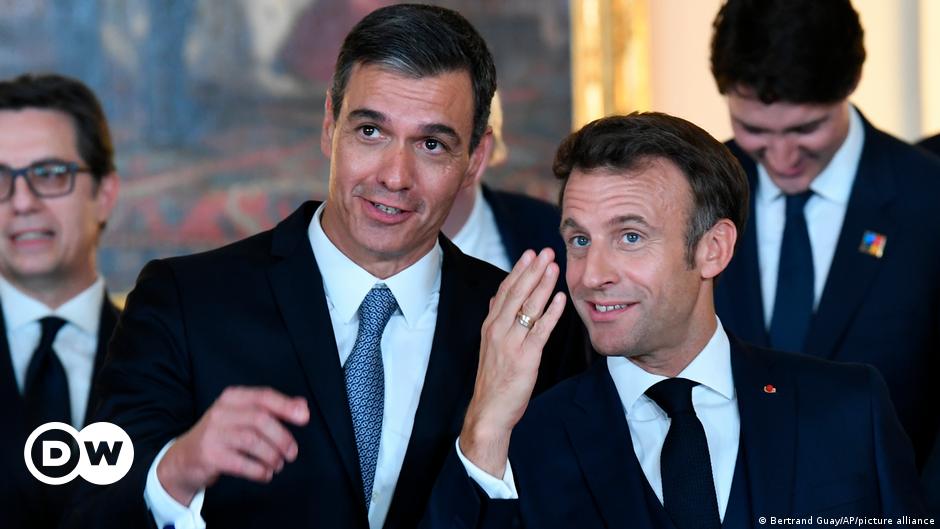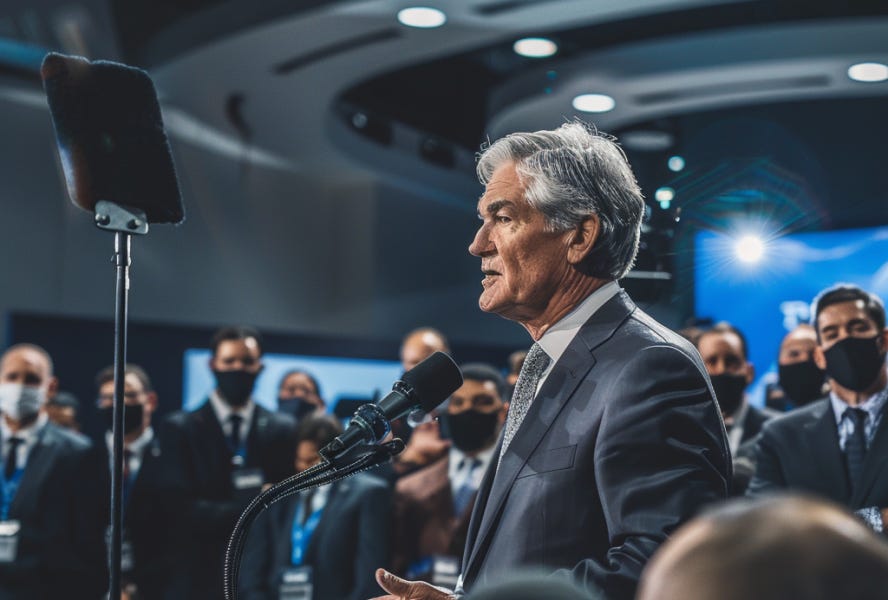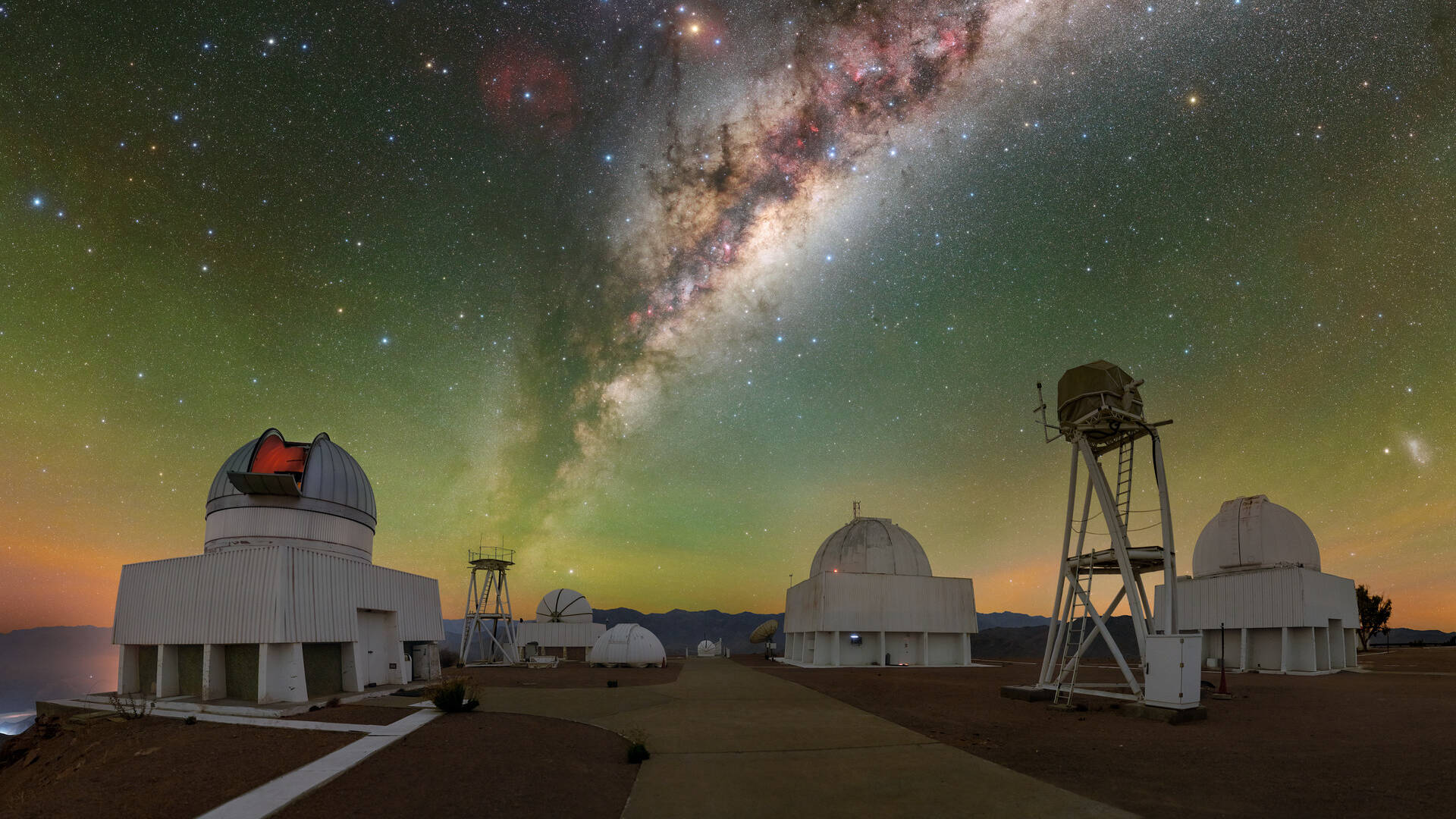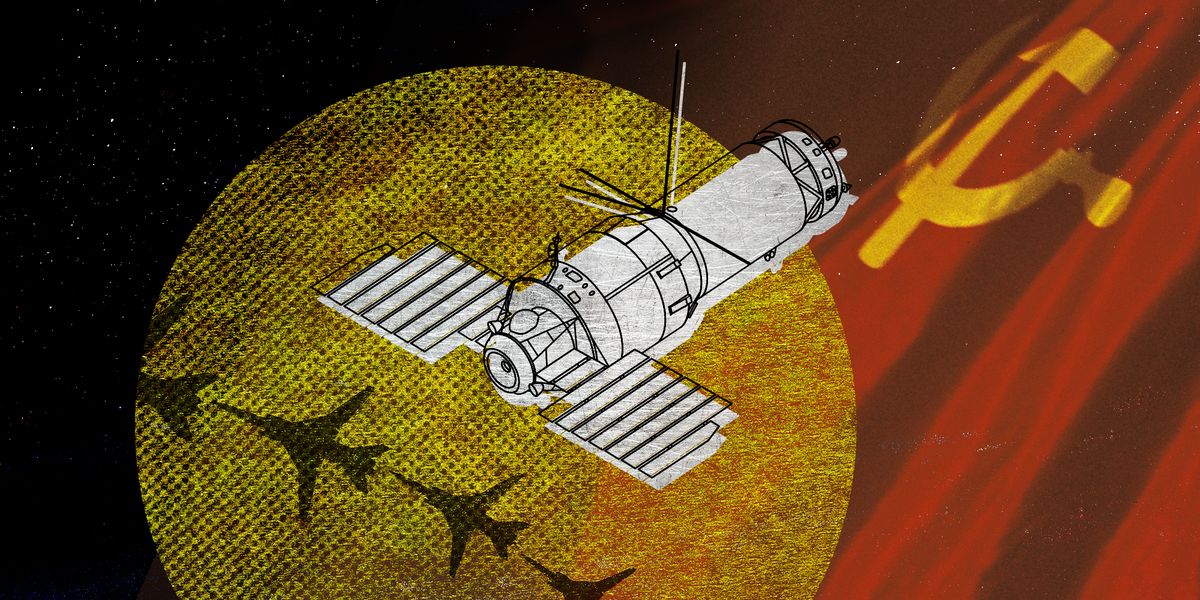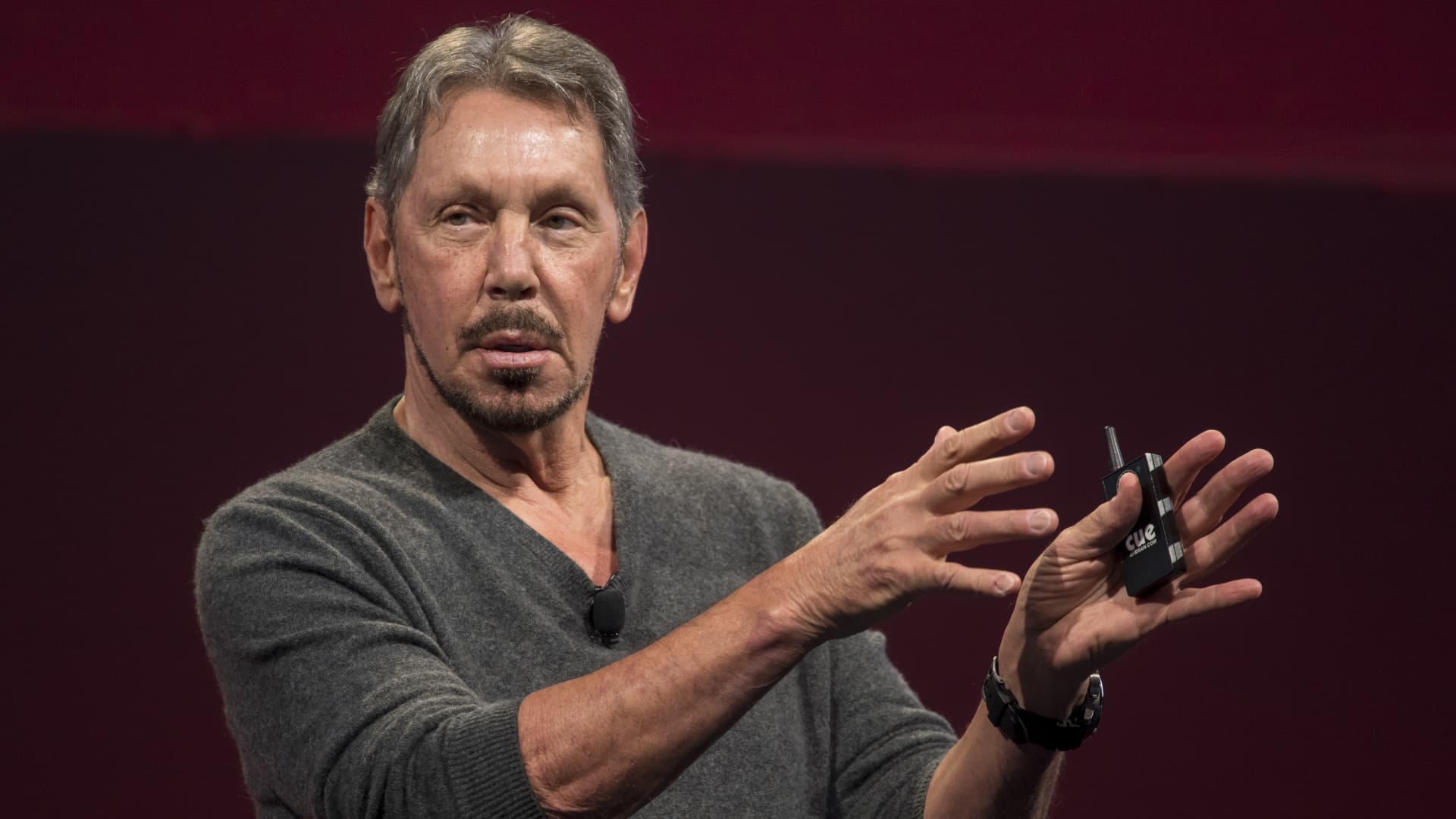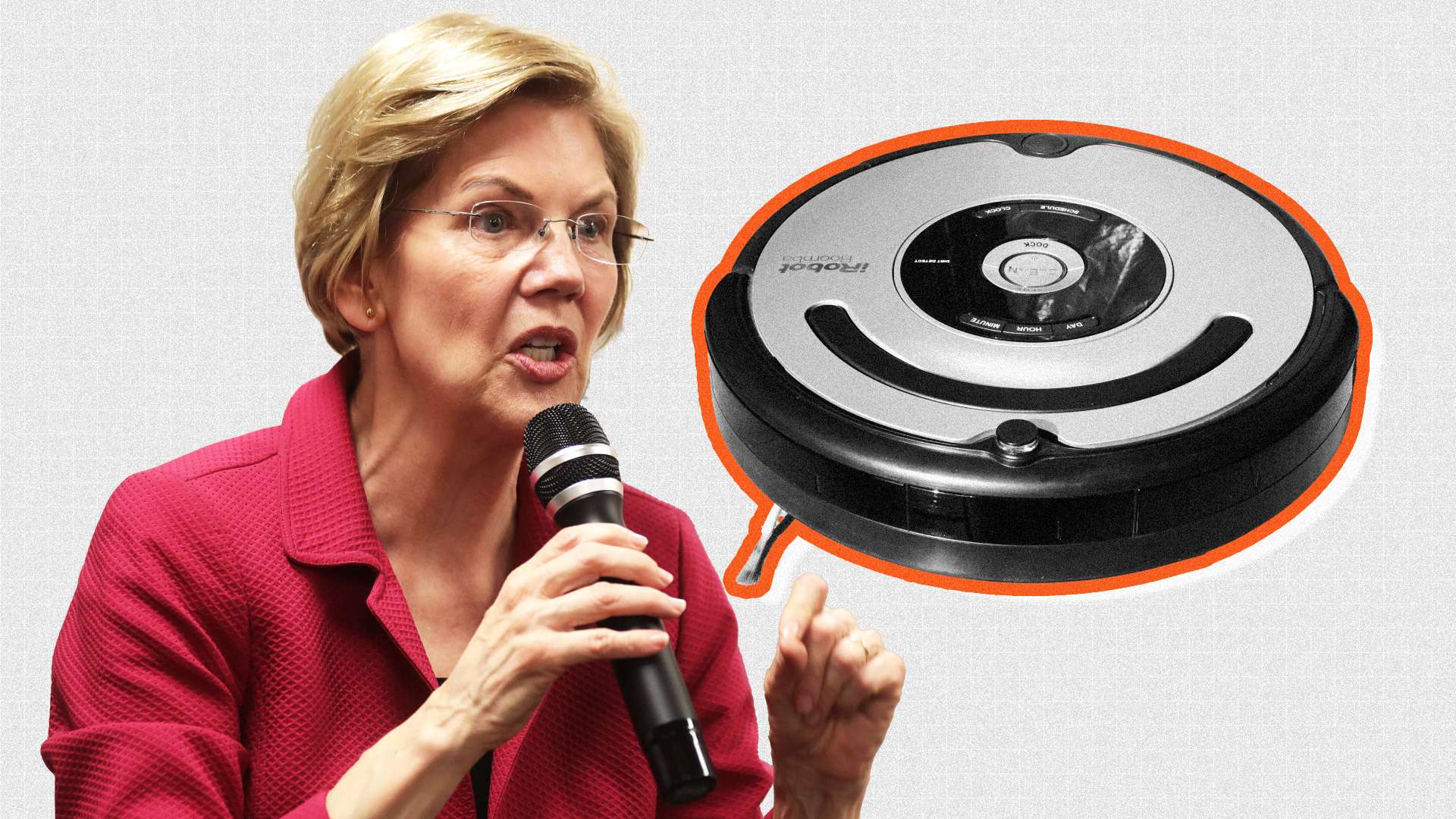United States involvement in regime change
United States involvement in regime change describes United States government participation or interference, both overt and covert, in the replacement of foreign governments. In the latter half of the 19th century, the U.S. government initiated actions for regime change mainly in Latin America and the southwest Pacific, including the Spanish–American and Philippine–American wars. At the onset of the 20th century, the United States shaped or installed governments in many countries around the world, including neighbors Panama, Honduras, Nicaragua, Mexico, Haiti, and the Dominican Republic.
During World War II, the United States helped overthrow many Nazi Germany or imperial Japanese puppet regimes. Examples include regimes in the Philippines, Korea, the Eastern portion of China, and much of Europe. United States forces were also instrumental in ending the rule of Adolf Hitler over Germany and of Benito Mussolini over Italy. After World War II, the United States in 1945 ratified[1] the UN Charter, the preeminent international law document,[2] which legally bound the U.S. government to the Charter's provisions, including Article 2(4), which prohibits the threat or use of force in international relations, except in very limited circumstances.[3] Therefore, any legal claim advanced to justify regime change by a foreign power carries a particularly heavy burden.[4]
In the aftermath of World War II, the U.S. government struggled with the Soviet Union for global leadership, influence and security within the context of the Cold War. Under the Eisenhower administration, the U.S. government feared that national security would be compromised by governments propped by the Soviet Union's own involvement in regime change and promoted the domino theory, with later presidents following Eisenhower's precedent.[5] Subsequently, the United States expanded the geographic scope of its actions beyond traditional area of operations, Central America and the Caribbean. Significant operations included the United States and United Kingdom-orchestrated 1953 Iranian coup d'état, the 1961 Bay of Pigs Invasion targeting Cuba, and support for the overthrow of Sukarno by General Suharto in Indonesia. In addition, the U.S. has interfered in the national elections of countries, including the Philippines in 1953, and Japan in the 1950s and 1960s[6][7] as well as Lebanon in 1957.[8] According to one study, the U.S. performed at least 81 overt and covert known interventions in foreign elections during the period 1946–2000.[9] Another study found that the U.S. engaged in 64 covert and six overt attempts at regime change during the Cold War.[5]
